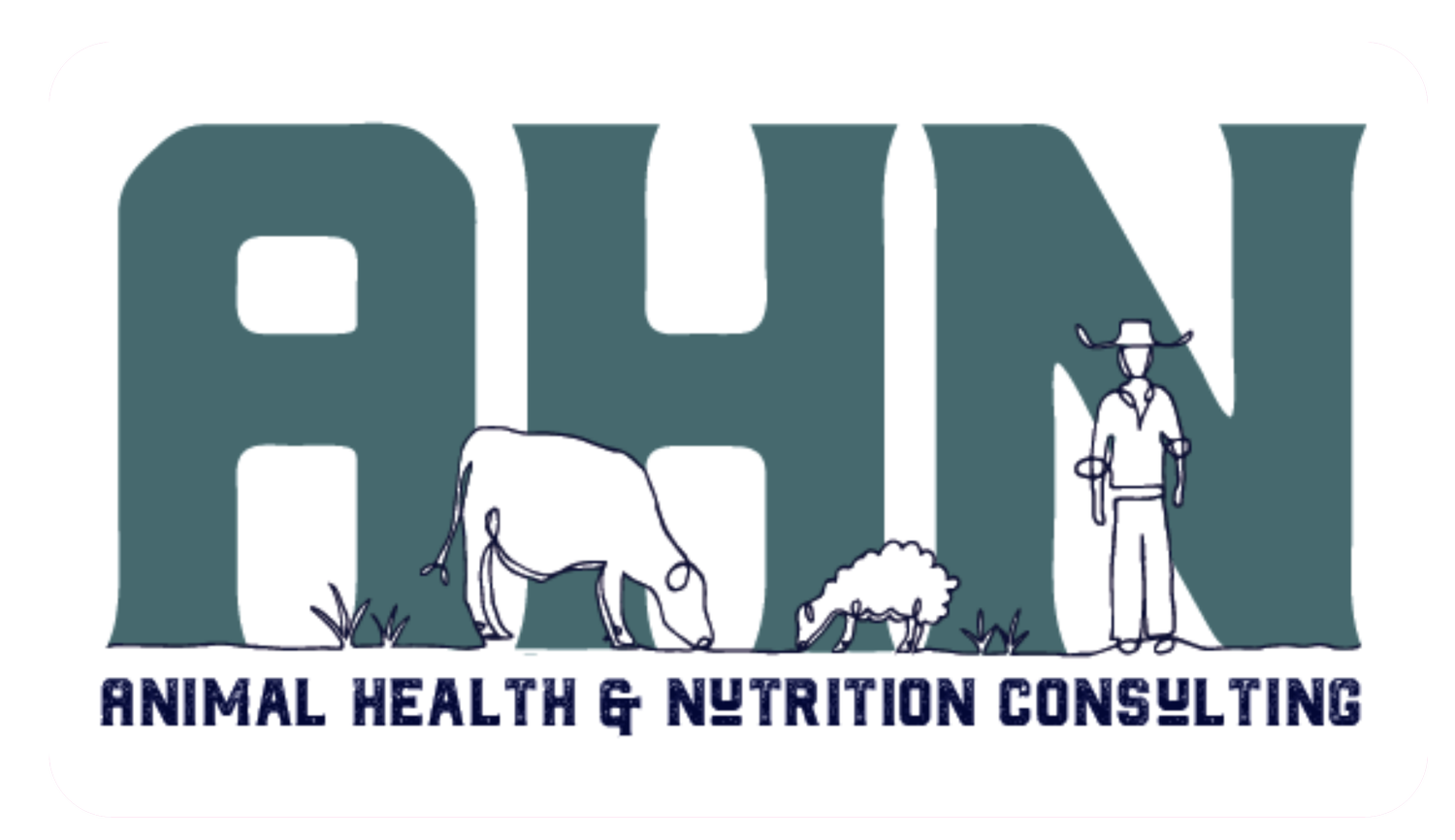Weaning Calves
Weaning is a critical time in a calf’s life. There are three main objectives: to adapt the rumen to a diet without milk, to educate the calf to life without mum, and to allow the calf’s immune system to successfully be exposed to and overcome challenges.
1. Weaning Timing
Calves are easily weaned after 6 months of age, or around 200kg. At this age, the rumen is more developed, the animal requires less high-quality protein and they can transition to solid feeds with less risk of weight loss and health setbacks.
Early weaning: in drought or feed-limited conditions, early weaning can be beneficial. This may be an option if the cows body condition score falls below 2.5, green feed is unavailable, or feed costs are too high. In these situations, calves can be weaned above 80kg, but a high-quality diet and plenty of care is required.
2. Pre-weaning Preparation
Imprint feeding: Introduce calves to supplementary feeds such as grain or pellets while they are still with the cows before weaning, to familiarise them with the feed and reduce post-weaning stress. Feed 3 to 5 times while at foot.
Get organised: Weaning is a process, not an event. Plan weaning – ensure you’ve got enough ear tags, vaccine, drench, space, feeders, feed and labour. Ensure the animals have had at least 6 weeks post branding, dehorning, or castrating (complete with pain relief) to allow time to heal and recover. Check the weather and avoid weaning if there’s rain or extreme cold or heat coming.
3. Animal Health
Vaccines: Vaccinate for clostridial diseases at marking and again at weaning. Depending on the risk, other vaccines for diseases such as pestivirus, Bovine Respiratory Disease (BRD), pink eye and leptospirosis can be considered.
Drench: An effective drench at weaning is recommended. Internal parasites can significantly impact growth rates in weaned calves.
4. Weaning Methods
Yard weaning: This involves keeping calves in secure yards for 5-10 days, to adapt them to human handling and feeding routines. Calves that have been yard-weaned are more accustomed to stockyards, feeding routines, and human interaction, leading to improved handling and reduced stress.
Space and access to feed is important. Some guidelines are: Feed trough space: 40cm/hd, Water trough space: 3cm/hd, Pen space: no less then 2.5m2/hd, and enough hay feeders so that all calves can freely access the hay.
Split the mob so that there is no more than a 40kg weight range within the group of calves. This will reduce bullying and shy feeders. Remove shy feeders from the mob and place in a smaller pen with hay or a pasture paddock with minimal handling.
The diet provided during the weaning period needs to include high quality carbohydrates, at least 14% protein (higher if lighter weights) with adequate roughage for rumen scratch and development. An example could be a high-quality hay (such as early cut cereal, lucerne or vetch) or silage with grain or pellet supplementation. Have minerals included in the diet or provide licks.
Do some sums to work out exact weights of hay and concentrates required depending on the bodyweights of the animals and the quality of the commodities. Ensure you have enough prior to weaning.
Feed concentrates or mixed rations twice daily to control intake, reduce the chance of acidosis and identify shy feeders. Introduce grain or pellets slowly, stepping up quantities at each feed and monitoring for signs of acidosis. Ensure the troughing or hay feeders are the correct height for the calves to access.
Clean the water troughs daily, and clean feed troughs daily of spoilt or leftover feed.
Inspect the calves daily for signs of ill health and handle them daily in laneways and holding yards to begin the education process. Build calves exposure to management procedures to build familiarity and reduce future stress.
After the yard weaning process is complete, the calves need to be moved to high quality pasture, or supplementation needs to continue in the paddock to avoid weight loss and ill health.
Paddock weaning: We prefer yard weaning over paddock weaning; however, it might be the only option when yard facilities are limited. Paddocks must have secure fences, have adequate shade, clean water, and high-quality forage. Use paddocks that have been spelled to reduce parasite load.
5. Set Some Targets
Growth: Target initial weight gains at 50g to 300g/day. They must be gaining weight as soon as possible post weaning to avoid immune system depression and disease. Later on, target gains of 700g/day to 1kg/day to ensure they hit growth targets for heifers and steers. Weigh cattle regularly to check performance vs targets.
The information contained in the document is general in nature and intended solely for our clients and should not be relied on as specific advice in relation to your specific circumstances. Neither AHN Consulting Pty Ltd nor any of its employees or agents warrants that the information within this document is error-free. Everyone’s circumstances are different and you should not rely solely upon this information, but should make your own enquiries about the subject matter of this document. If you have any questions about the information you should contact us.
